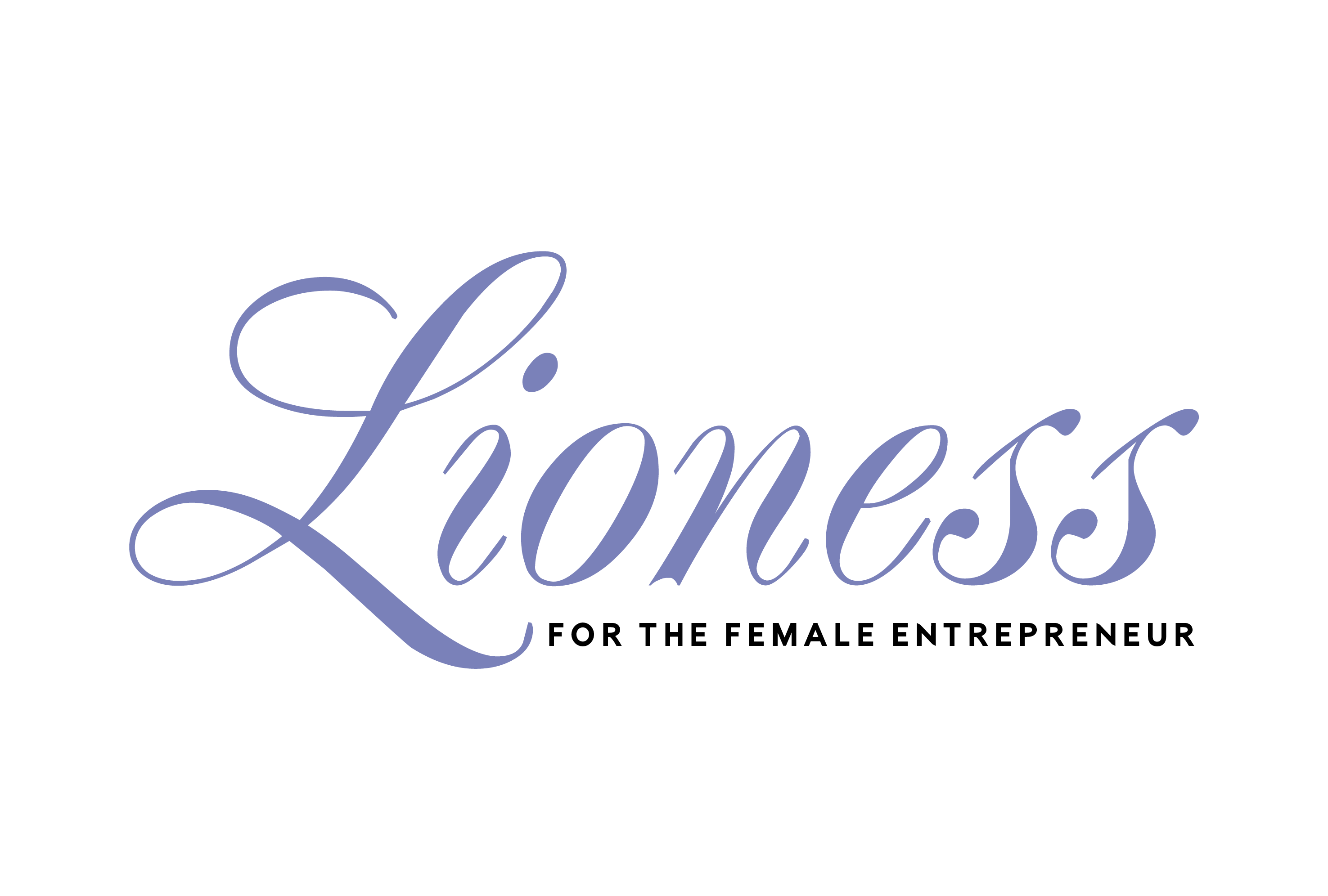Kelly is stressed. She and her team are on a tight deadline to bring a project to market that could significantly boost her company’s revenues for the fiscal year. The handoff from the development team to them was delayed due to technical issues, and the whole project is now backed up. The pressure is intense as the executive committee is now asking for weekly progress reports to ensure their promises to prospective clients and the shareholders will be met.
At the same time Kelly is exasperated with her team for several errors they’ve made, along with their pushback on part of the strategy that was previously agreed upon. It reached the point that this morning she blew up and let them have it. Her words in the brief team meeting were partly uncontrolled anger and partly controlled manipulation. She wanted to make a point and motivate them to stay sharp and move quicker, and to understand the pressure she is experiencing.
What she neglected to realize though was that it drove them farther into their perception of feeling disrespected and unappreciated and widened the emotional gulf between them. They saw Kelly as being part of the problem. No one wanted to work for her, and they certainly didn’t feel like putting forth their best effort. Both parties blamed each other and were caught in a behavioral loop that was spiraling out of control. The more she pushed, the more they resisted.
Now Kelly isn’t completely emotionally unintelligent. As she drove into to work thinking about what she would say to the team, she thought about taking a softer approach. She thought about communicating that she believed in their ability to complete the project, on time and under budget. She thought about complimenting some of the members for resolving some unexpected and particularly thorny issues. She recognized that they had put in a lot of hours, foregoing family obligations on behalf of the company. But in the middle of that thought, she got a call from the CFO ranting about the need to get the job done and thereby avoid a financially negative impact.
What Did Kelly Do Wrong?
Kelly created a negative narrative in her mind where she saw herself as a victim of everyone else’s shortcomings. This helped her to justify blaming the company officers, other departments and her own team for the current predicament. And she temporarily absolved herself of the responsibility for correcting her own failures in the matter. Unfortunately, any comfort from that is short-lived, because the problem persists. And she’s still accountable for the results. This was the wrong instinct, because it left her with no viable relationships to partner with others for the tasks ahead.
What Should Kelly Have Done Instead?
Kelly had an instinct to do the right thing, but she neglected to make a commitment to nurture and follow it. Here are three ways to do that.
- Put relationships before tasks – Since work can only be accomplished through people, it only makes sense to put our relationships with them ahead of the work that needs to be done. Get to know each person individually. Understand their beliefs and values, their strengths and development needs, and let them get to know you. This builds mutual trust and respect and becomes the “grease” that gets things done quickly later. Remember that a kind word goes a long way.
- Understand motivations and preferences – Know what motivates your team and what’s important to them in life. Some people need to feel that their expertise is recognized, others need pleasant words or a thank you. Some need to see the big picture before the details or vice versa. Some want their ideas to be heard or to participate in developing the strategy. Some operate best in crisis mode. Some are well networked internally or externally and can gather helpful information and resources. Know them, then let them play their positions.
- Don’t try to change others, change yourself – When we try to change others, we’re operating from the premise that something is wrong with them. When we instead focus on changing what is wrong with our own thinking or behavior, we exhibit greater respect for others and create a shift in the relationship.
The Right Instinct
The right instinct is often present, but sometimes pushed away and muted as being unimportant based on the challenges we face. When we learn to pause and listen to that voice, we build positive interactions to support meeting our goals. With practice, this becomes ingrained in our thinking and behavior, and we authentically demonstrate greater care and concern for others.
So, follow the right instinct.






Add Comment